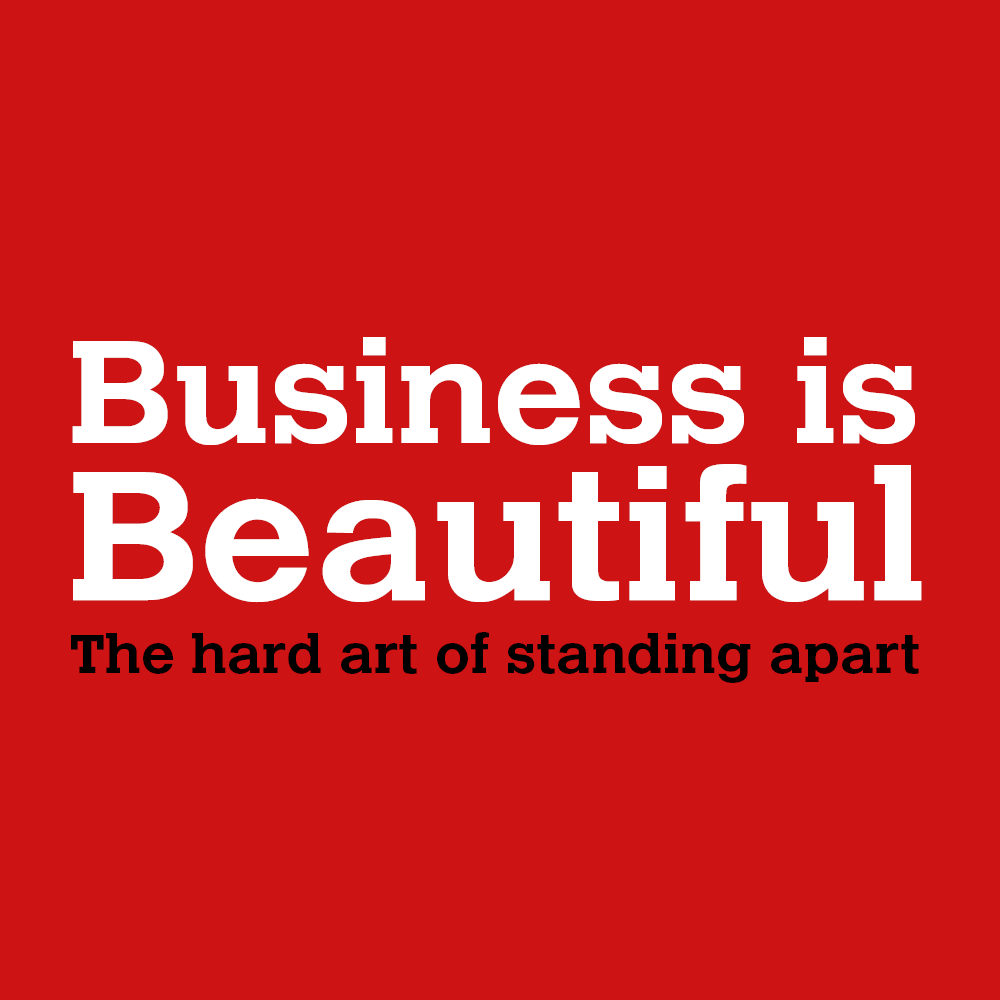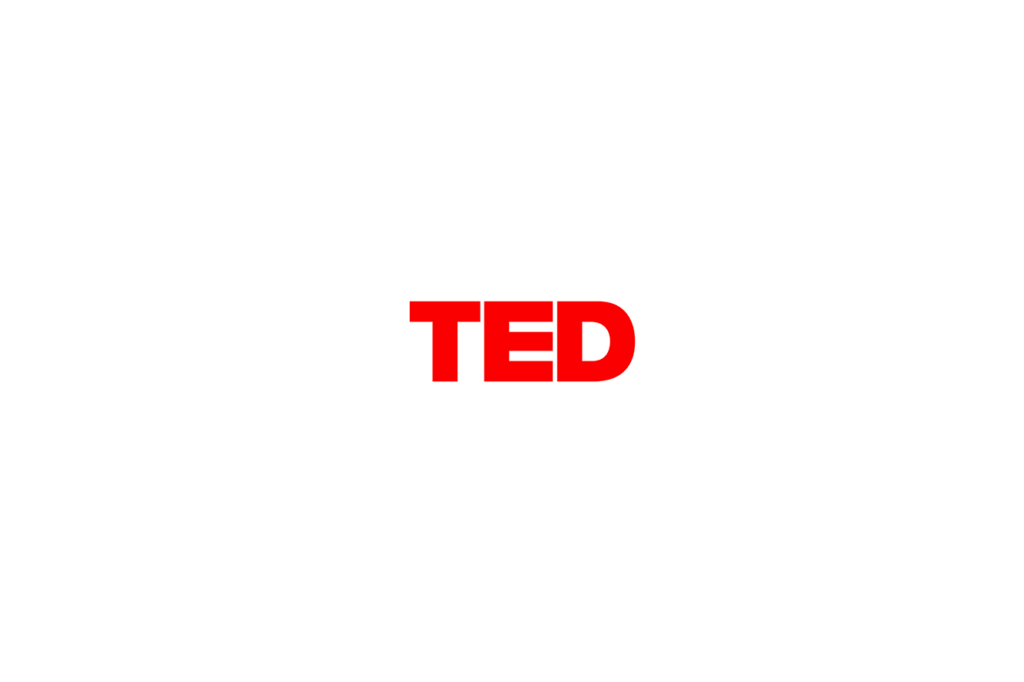Brand influence on social networks? No choice!

At the heart of the post-digital era, with the omnipresence of social networks, the amplification of opinions, the development of conversations, infobesity, influencers without legitimacy, the loss of trust in media and institutions, Brands face new responsibilities.
With more than two billion social networks users, we are no longer in a fad, but in a new relationship, a new reality, a new form of social link, well established in everyone’s daily life.
A network is, by definition, a set of communication channels. A so-called “social” network is therefore a set of communication channels that links individuals in the same society.
If this same network is independent and without “filters”, if 80% of the content that quotes a brand does not come from that brand, and if a brand is no longer what it says about itself but what people say about it on the networks, the path of fake news becomes a highway.
Beside fake news there are also opportunistic brands and/or parrots that too easily lend themselves to all kinds of criticism.
Let’s go further, the absence of a brand on social networks or conversations will be considered suspicious.
How can a brand emerge or simply exist in a “space” facing the risks of being drowned or even vilified in conversations with no control?
What characterizes emerging brands, which are NOT opportunistic, parrots or ventriloquists, or absent from debates, are brands with faith , fights and ultimately a “ raison d’être”.
It looks like a No Choice ; if the Brand does not speak out on the networks, many will do so in its place.
So the presence of brands on the networks is a new responsibility; brands have understood this and have all thrown themselves into it.
There, a window opens. Indeed, according to various studies, including the famous “2020 Edelman Trust Barometer”, brands and companies are the last bulwark against mistrust, a new trusted third party that can provide reference points for their various communities.
Caught between “the hammer and the anvil”, between the discourse of institutions and a media relay that goes flat at the source of mistrust among different audiences, brands have a major stake, a space to install their societal commitments to their employees and within their brand territories.
Make no mistake, as Influencia’s analysis shows that “two thirds of French people today choose to buy or boycott a brand because of the positions it takes”. Influencia: “The Meaningful Brands 2019 study reveals that 77% of brands could disappear in almost general indifference, while a Yougov study maintains that 64% of French people believe that companies are not committed enough. Venturing into political communication, which goes beyond mere ROI issues, has become essential to the survival of companies as sustainable and decent brands. Because let’s not forget, everything is political, and consumer behaviour is increasingly political.
The consumer world has more confidence in the words and actions of companies in front of those of the executives, elected officials and the media. The word of Companies is one of the last to be able to generate trust, but under what conditions?
How can trust and influence emerge and be generated in conversations on networks? How to create the editorial calendar and not be subjected to it?
Our conviction is that a brand can exist on the networks based on its attributes and values, a necessary condition to make a difference, to be influential. The brand’s attributes are based on four pillars that will enable to create and disseminate useful and influential content.
1 – A brand discourse drawn from its heritage and history that legitimizes and gives credibility to its territory of expression on the networks.
2 – Brand content anchored in a vision that can bring value, innovation, an enlightened viewpoint, useful and able to engage and create links with its stakeholders.
3 – A brand expression embodied in an experience, a proposal entirely devoted to being useful, to contribution to its stakeholders, to its community.
4 – A brand presence that has an impact, leaves a trace, contributes to the evolution of its market or the behavior of its community.
An influential brand is also an embodied brand. Embodied by a responsible spokesperson that engages its different audiences without opportunism or compromise on the networks.
In other words, a brand strategy is the keystone, the starting point for an influence strategy that does not fall into the ocean of indifference or bad buzz.
At L’Ambassade, an influence strategy starts with a brand strategy. A strategy reflecting convictions.





